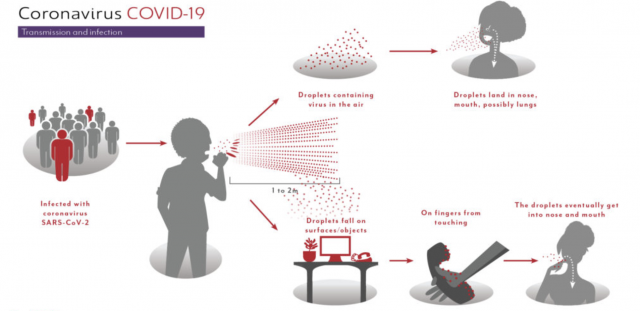COVID-19 has caused an unprecedented public health crisis and economic shock to the global economy. While many countries were affected, regions with an older population and weaker public health interventions tended to suffer more morbidity and mortality. We developed an open-source/open data age-specific and multiple-stage susceptible-exposed-infected-recovered-hospitalized-quarantined-dead (SEIR-HQD) model Utilizing the latest estimates of epidemiological parameters and demographic data, we model the potential effects of various interventions in four representative cities with different population structures — New York, Los Angeles, Daegu and Nairobi. Our modeling quantifies the value of early interventions, which avoided an additional 5%, 16%, 37% and 43% of the infections in Daegu, Nairobi, New York and Los Angeles, respectively, compared to what has been observed in the four cities. Critically, we find that school closures, working from home, and reduction in other mobility were most beneficial for younger population (0–19 years old), middle-age (20–59 years old) population and older population (60 years and older), respectively across each city. Specifically, school closure avoided 25%, 18%, 16% and 12% of the infections for the population under 20 years old in Daegu, Los Angeles, New York and Nairobi, respectively. A 50% and 80% population working from home policy avoids 8% and 15% of the infections. Reduction in mobility was more effective than the working from home strategy. Any single social distancing policy if enacted alone can delay the spread of COVID-19 but was unable to totally suppress the infection. Coordinated policy action can be highly effective. Increasing the quarantine rate to 10% of infectious cases was more effective than strict social distancing alone in this study, although together they can suppress 80% of the epidemic. A combination of moderate social distancing and quarantine strategies was able to avoid 99% of the infections.
PublicationMiscellaneous Impacts of Early Interventions on the Age-Specific Incidence of COVID-19 in New York, Los Angeles, Daegu and Nairobi
Published:
April 20, 2020
Author(s):
Publication Type:
Miscellaneous
Abstract:
